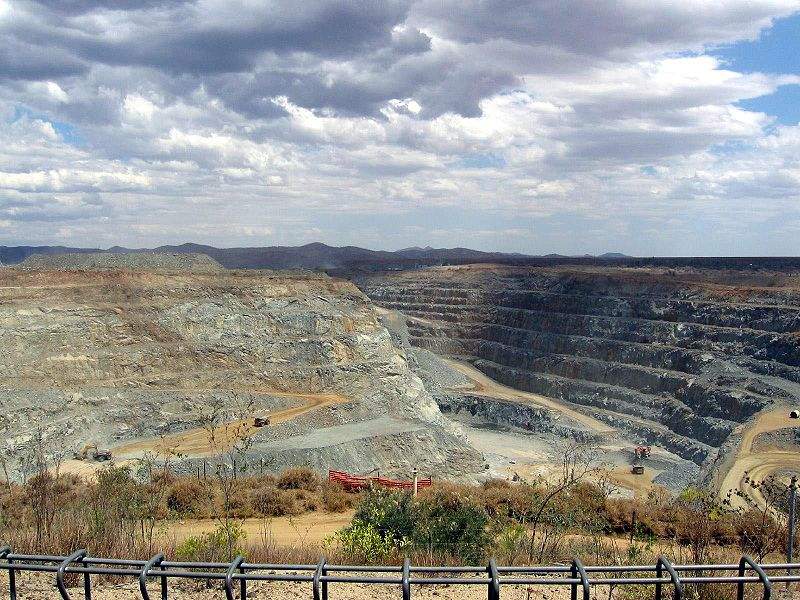
Activists have accused the Queensland Government of leaving significant loopholes in its new mining rehabilitation legislation, which could lead to environmental destruction in Australia.
The state’s government introduced the Mineral and Energy Resources Bill in February this year, and expects to pass the document into law by the end of 2018. While the bill compels new mining operations to provide a description of how the land affected by the operation will be rehabilitated once the mine is closed, known as the Progressive Rehabilitation and Closure Plan (PRC Plan), there is no such obligation for existing operations.

Discover B2B Marketing That Performs
Combine business intelligence and editorial excellence to reach engaged professionals across 36 leading media platforms.
Rick Humphries, from the group Lock the Gate, praised ‘the most comprehensive review of mine rehabilitation law in Australia’s history’, but said that the bill does not go far enough.
“The problem is though, at the last hurdle, we think there are some significant loopholes that if they aren’t adequately closed will exempt a whole lot of existing mines, which will largely defeat the purpose of the reforms,” said Humphries.
“It’s not about the money; it’s about government will to force the industry to deliver on their commitments.”
The bill also addresses Queensland’s long-standing issue with funding rehabilitation projects. Under current law, the state is expected to cover the difference between the money mining companies are obligated to set aside for rehabilitation and the actual cost of redeveloping the land, which could be many times more.

US Tariffs are shifting - will you react or anticipate?
Don’t let policy changes catch you off guard. Stay proactive with real-time data and expert analysis.
By GlobalDataZendamar Holdings has a bank guarantee of just $1.3m to cover the rehabilitation costs of its disused Ebenezer mine; considering rehabilitation costs of the Hazelwood mine in Victoria reached $439m, it is likely the Queensland Government will have to step in to cover most of the costs, placing the rehabilitation burden on taxpayers. As is the case with the obligation to provide PRC Plans, existing mining operations will not be affected by the new law’s shift to ‘the tailored solution’, a new means of rehabilitation funding that more evenly spreads the burden for paying between the government, mine operators and third parties.
However, Ian Macfarlane, the head of Queensland’s Resources Council, said that the new law must exempt existing mines from its conditions in order to ensure stability in the Australian mining sector.
“We’re all for new mines having much stricter conditions around those areas,” Macfarlane said. “But the moment you introduce retrospectivity into legislation, you destroy the state’s investment profile. You can’t go back and start tearing apart the whole confidence of people to go out and spend the billions of dollars you need to spend on a mine before you get any return for the investors.”



